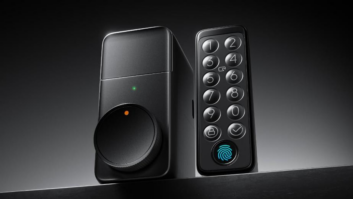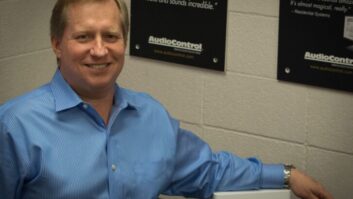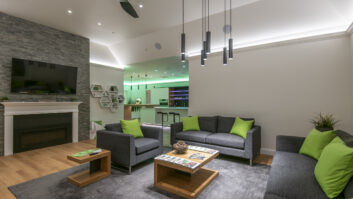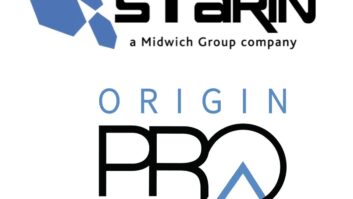Faced with a rapidly changing industry where distribution efficiency is as important as having the latest, most-wanted products and brands, Dave Workman attended the PRO Group meeting, held here last month, for the first time in his new role as executive director (see TWICE, April 24, p. 1).
As a long-time senior executive and later president/CEO of founding PRO member Ultimate Electronics, Workman certainly knows the challenges his members face and the strengths of the group. PRO has sales of “well over” $2 billion annually from its 15 member companies, and its spring meeting, held at the Hyatt Regency Scottsdale at Gainey Ranch, drew 29 suppliers.
He added that PRO continues to have “robust growth over industry estimates in key categories.”
Much of the discussion at the PRO Group’s board meetings and with suppliers is that the organization must “work as a group.” But, as Workman aptly noted, “What does that mean? We need to define that, since we don’t want to strip away the independence of our members. The common ground there is that the success of this group depends on how it acts as an entity in this business. That’s the charter from our board.”
According to Workman, suppliers “enjoy doing business with PRO because we are the largest CE-only group in the industry” and because “we sell profitable step-up goods.” And George Manlove, president of Vann’s and chairman of PRO, said that while the group is always “looking for the ‘best available athlete,’” there are no plans to expand the group at this time.
Still PRO’s suppliers want the group to get “more strategic and have us outline what we want and need. They want us to be more collaborative, and more innovative in the market supply chain. It isn’t always just about the [buying] ‘program.’ The key is what we do with their programs.”
Manlove said one key is to “take costs out of the business. We’ve seen vendors do it. For instance, in flat panel they want to build less and squeeze more out of the cost of distribution. This is a challenge for all of us because when we don’t have supply everyone loses sales. All of us, retailers and vendors, must forecast better.”
Workman noted, “With a volatile pricing situation in flat panel, [high] inventory is a liability. Tolerances are very low.”
When asked if the CE industry is struggling to work towards the computer business model in terms of distribution, Manlove explained, “In computers you have speed to market and turn over. But [vendors] don’t own prime manufacturing in that industry. They don’t invent technology. It is an assembly model. You don’t see that with global [CE] companies.”
Neither executive is particularly concerned about the demise of some existing CE brands. Workman asked, “Over the past 15 years who has actually left the market except NEC?” Manlove took a different perspective: “We will have [vendor] partners out there in five years for technology that doesn’t exist right now. Look at Apple with the development of the iPod. There will be other digital products available down the road, and other vendors.”
Another sea change for PRO-type dealers is custom installation, from small systems to massive, high-end installs for brand new homes.
Manlove noted that today many PRO Group members “sell the same SKUs as a number of outlets. What makes us valuable is that we bundle those products with services. What we need to do is partner with local electricians, contractors, designers and architects, as well as key custom-home builders.”
Workman said, “To be successful in this business you must have channel marketing efforts. You can’t just sell everyone. This is not a new issue in our industry. The industry has to be constantly concerned that if products are moved to the mass channel too quickly unit sales will increase but dollars will decline.”
When asked about their concerns from competition via manufacturer stores or Web sites, Workman said, “Vendor Web sites that sell products are a concern because manufacturers don’t have the cost of the traditional brick-and-mortar stores. The cost of entry is a lot lower on a global scale.”
Manlove added, “Manufacturers’ retail showrooms used to be boutiques and museums with cash registers. That’s how they saw them. They said they wanted to ‘build the brand’ and some have, like a Trojan horse. There is a ‘buy’ button on their sites for products that we can’t get, offers we can’t compete with. That is a major issue.”
But distribution challenges and new competitors are no strangers to experienced electronics and electronics/appliance dealers, according to Manlove. “When distribution changes each time we focus on what we are about and how we can become better companies. If we raise a white flag, we wouldn’t have any brands.”
He said that in major appliances years ago Sears got an exclusive on a major brand. “What we did was carve out a new niche and became better business people and competitors. If we are good merchants, we will do just fine. That’s the value of being in the PRO Group. We bring a value proposition to the table.”













